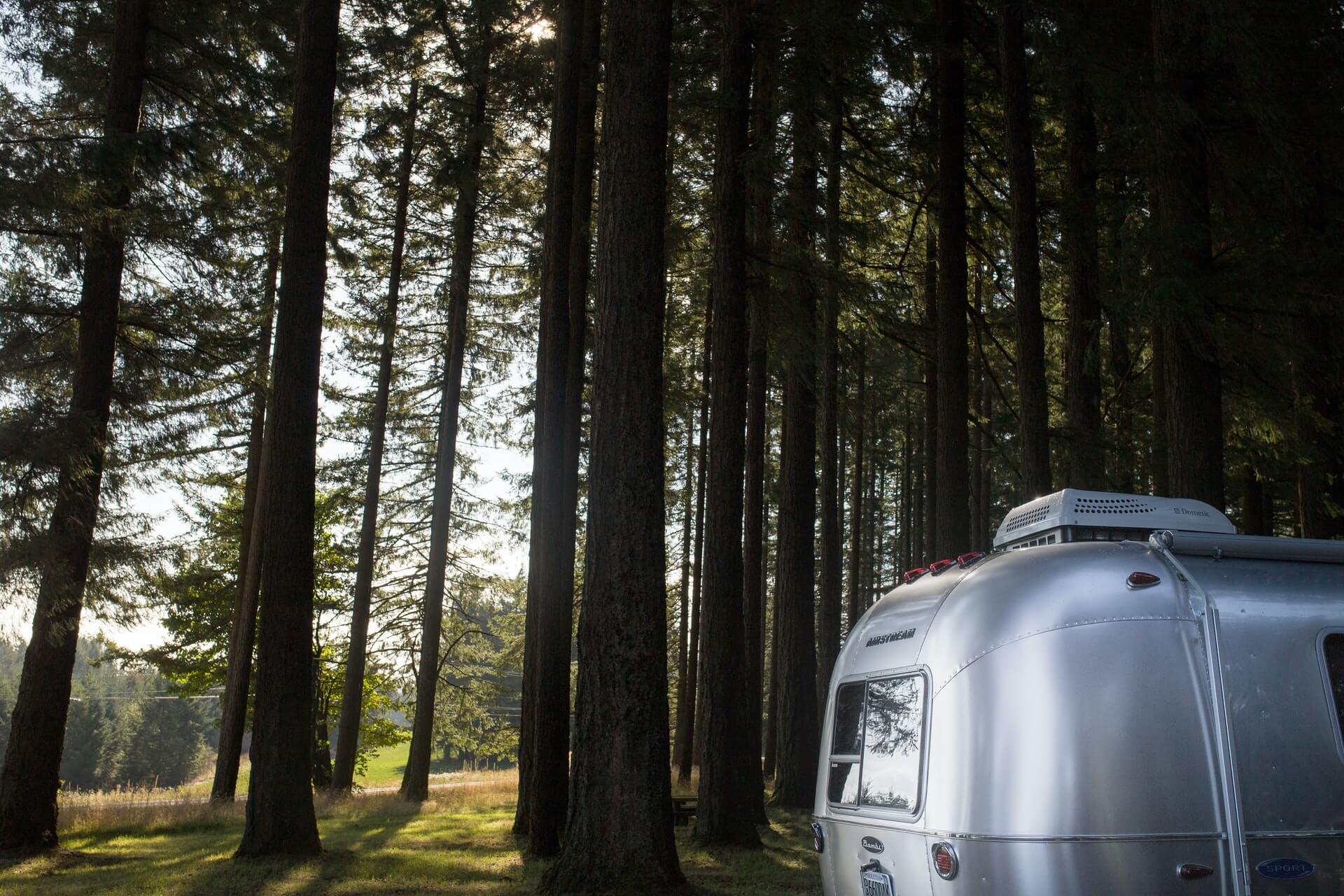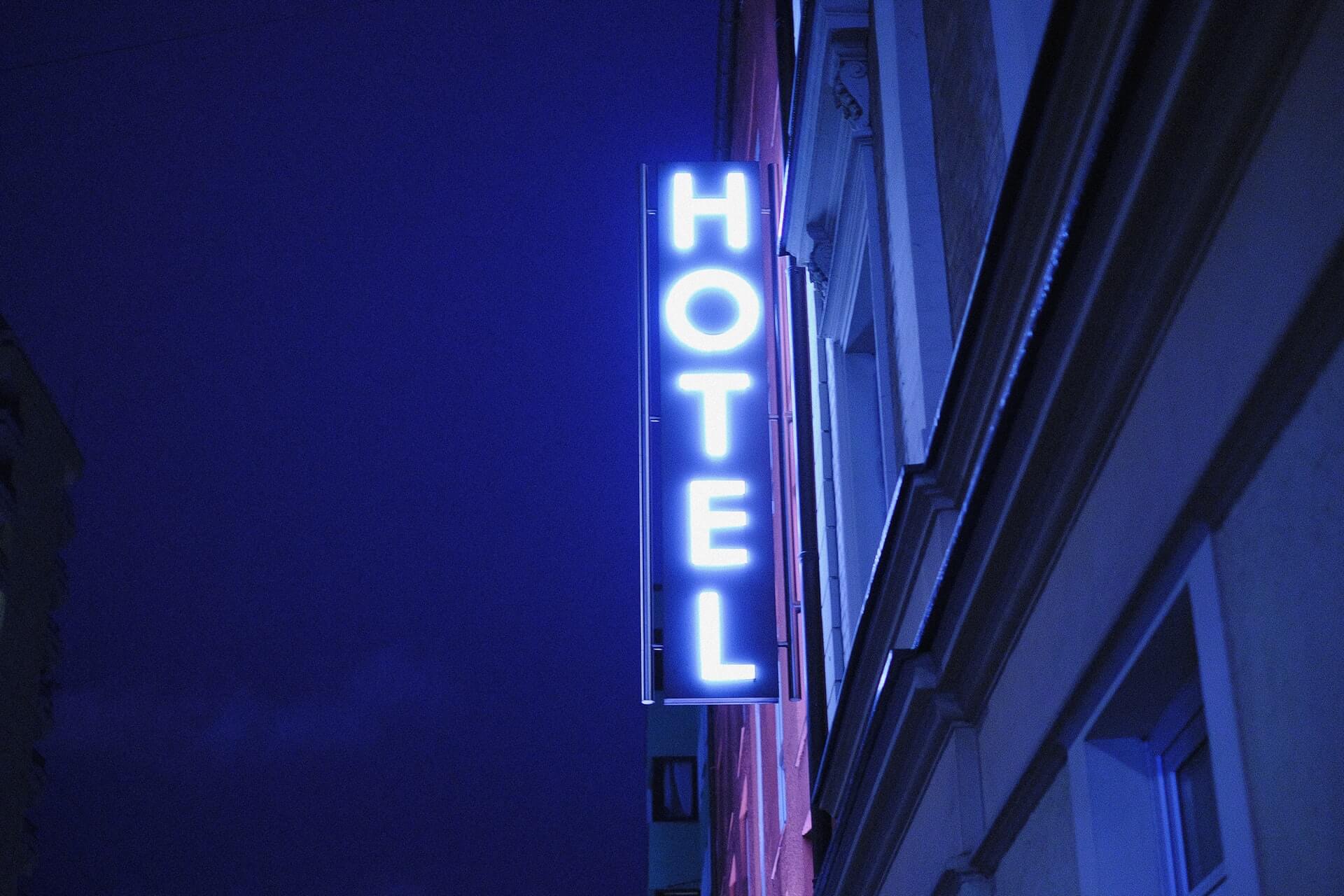The Outdoor Experiential Movement
by David Klemt

When we think of a hotel or resort, we tend to picture a traditional property with hundreds of rooms and suites.
However, the consumer craving for unique experiences is changing our collective perception of resorts as we know them.
While not an entirely new take on resorts, concepts that embrace the great outdoors and nature are gaining in popularity.
The Great Outdoors
Of course, we can attribute the development of new outdoor resort concepts to the pandemic. After all, the demand for outdoor experiences has exploded since Covid-19 brought the hospitality industry to its knees.
But the desire by humans to be one with nature isn’t new. Perhaps , though, health and wellness, #vanlife, festivals, and Instagram pages devoted to stunning outdoor photography have simply amplified many people’s drive to worry less about their chosen resort’s rooms and more about the surrounding landscape.
This interest in and demand for new takes on resorts and hotels speaks to several trends investigated during Hospitality Design Expo 2021. As we touched on last week, these key trends influencing hospitality design are sustainability, an interest in maximizing outdoor areas and experiences, and immersion in local culture.
Working with the Landscape
There are several ways to approach this type of concept.
For example, Ryan Miller, chief brand officer for AutoCamp, offered two big tips for designing for what he dubs the “outdoor experiential hospitality movement.” During HD Expo 2021 in Las Vegas, Miller said views should always receive priority. That tips ties directly into another big takeaway: designers can create memorable moments by working with grades.
Founded in 2013, AutoCamp boasts an exclusive contract with Airstream to design “suite trailers.” The brand’s approach focuses on immersion coupled with convenience and comfort. A clubhouse features luxury amenities, there’s an F&B program, meeting rooms are available, and guests have access to a general store.
The approach, says Miller, ensures the brand is able to capture guests who normally would eschew camping and outdoor experiences.
Kona Gray, principal at EDSA and a landscape architect with nearly three decades’ experience, says that “designing with nature matters.” Designers need to understand the value in the land on which a resort or hotel will sit. And no, Gray doesn’t mean the monetary real estate value.
That understanding will help designers to work with the land, not around it, and become stewards of the land. There’s an ROI, says Gray, from the outdoors that shouldn’t be taken for granted.
Different Approaches
Hannah Collins, founder and principal designer at ROY Hospitality Design Studio, and Carlos Becil, chief experience officer at Getaway, represent two concepts with very different takes on the outdoor resort concept.
Collins and ROY designed Yonder Escalante, and other Yonder escapes are planned for the future. Like AutoCamp, Yonder utilizes Airstream trailers. However, the property also features modern cabins that stand out against their Airstream counterparts while complementing the landscape.
Additionally, Yonder also features a modern clubhouse. Guests are encouraged to socialize rather than isolate to enjoy the outdoors. There’s also a decidedly sexy vibe to Yonder, which features private bathhouses, outdoor (private) showers, and a massive hot tub in the pool area.
Getaway also features cabins. And, of course, the focus is on an immersive outdoor experience. However, that’s where the similarities between Getaway and Yonder end.
As the name implies—well, outright expresses, really—Getaway provides its guests with an escape. In fact, when exploring the website to reserve a cabin, there’s no “locations” tab. Instead, locations are found under the heading “Escape From.”
Properties are located about two hours from the nearest major city. There are no check-in desks at Getaway properties. Guests won’t interact with Getaway staff in person. Cabins are 50 to 150 feet away from one another. There really isn’t WiFi or high-speed cellular service at a Getaway location.
In other words, Getaway doesn’t encourage socializing. Instead, the brand values unplugging, immersing one’s self in nature, and recharging.
Give ‘Em What They Want
If guests want to experience more of the outdoors, meet that desire. Truly, it’s soon going to be an expectation.
That doesn’t hold true only for hotels and resorts—restaurants, bars, entertainment venues should take heed as well.
As sustainability, health and wellness, and a desire to convene with nature grow stronger among consumers, operators who provide unique outdoor experiences will thrive.
Don’t get stuck inside and left behind.
Image: Airstream Inc. on Unsplash

